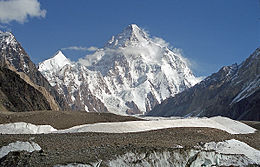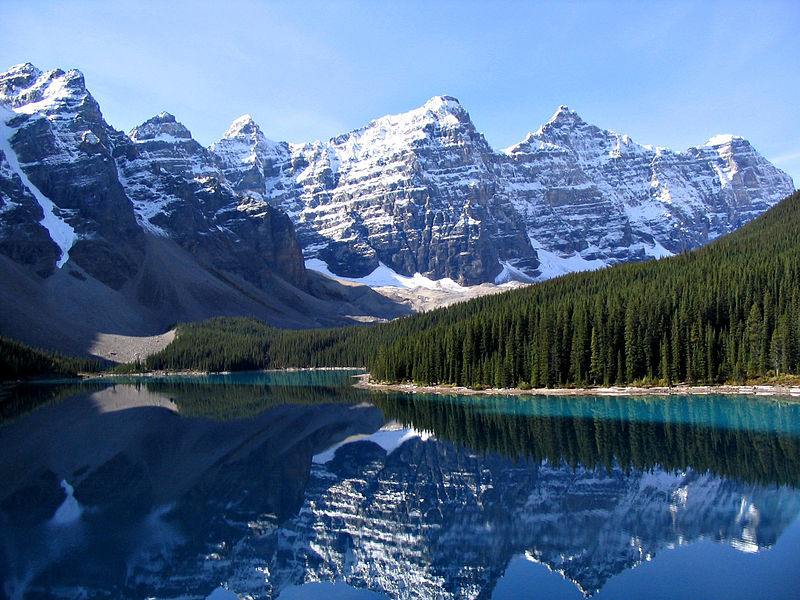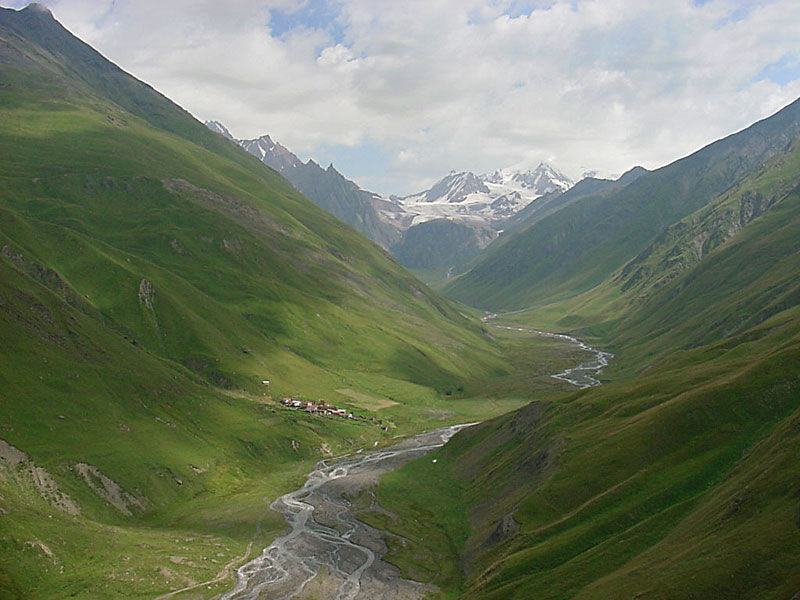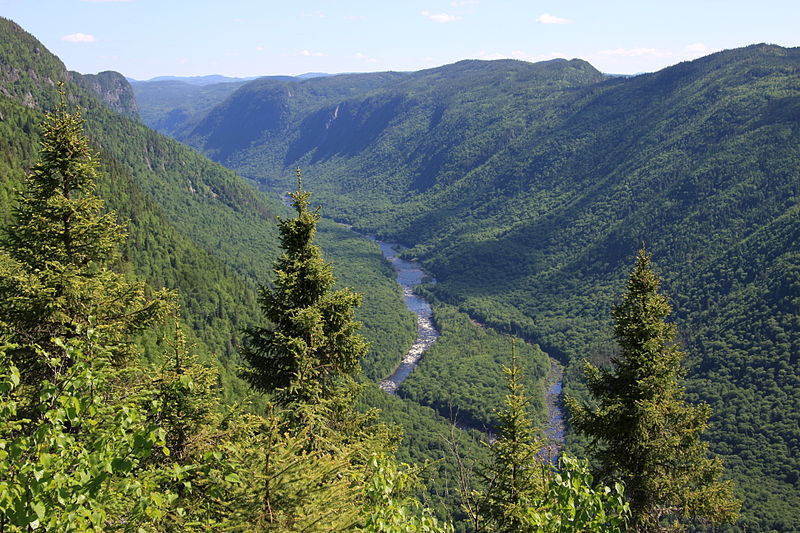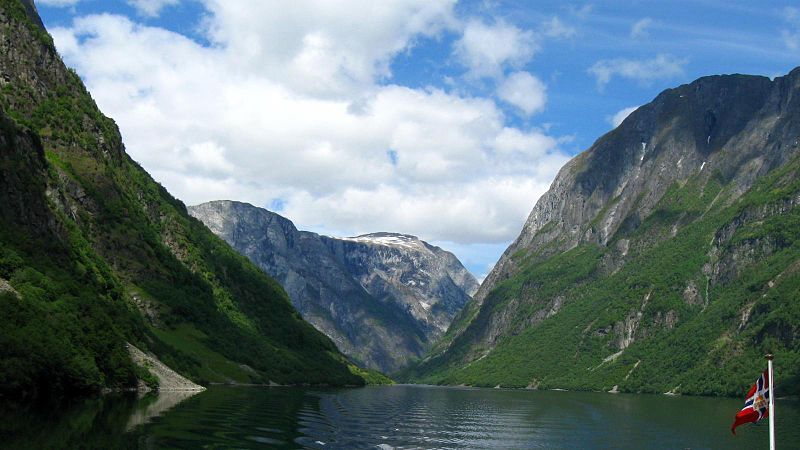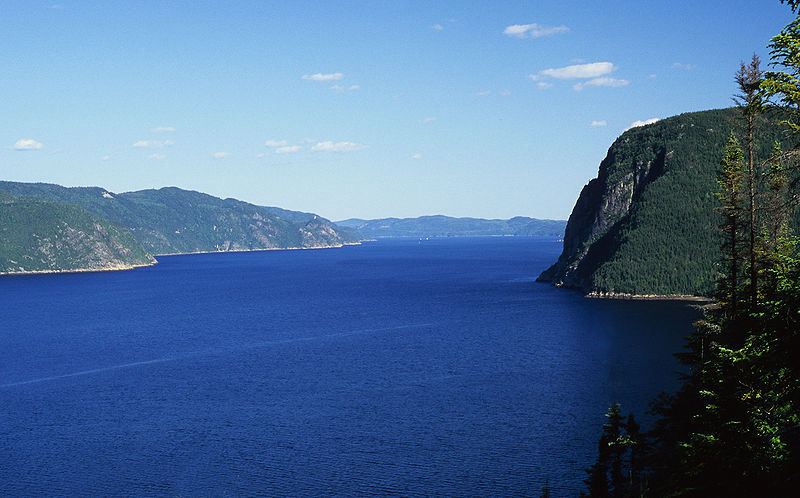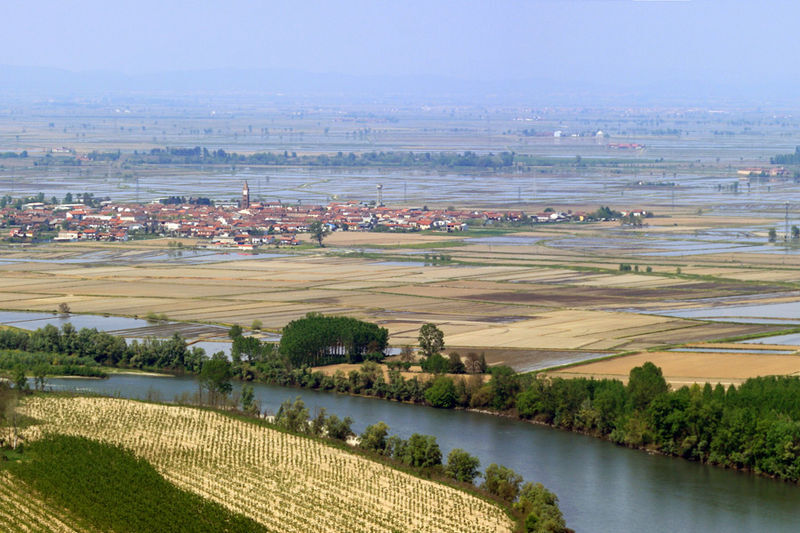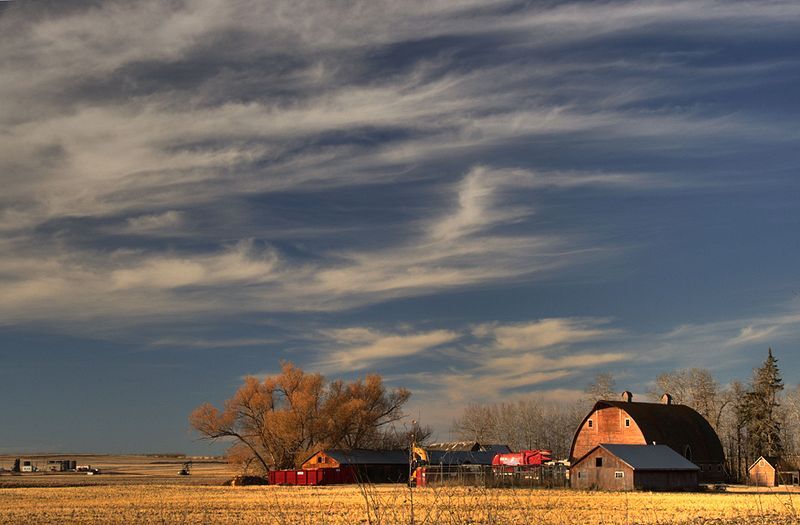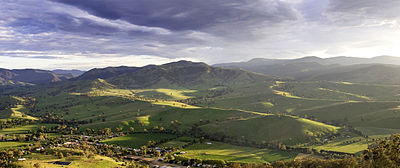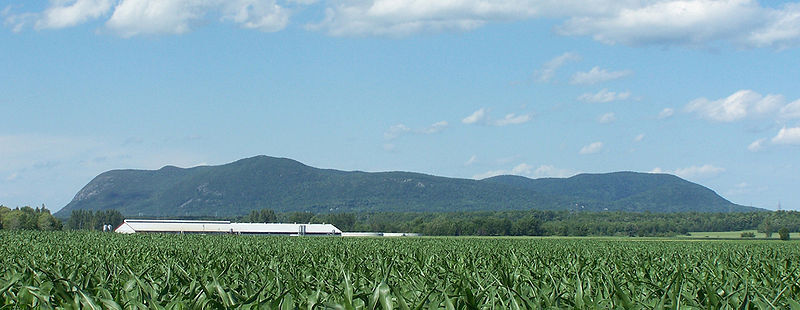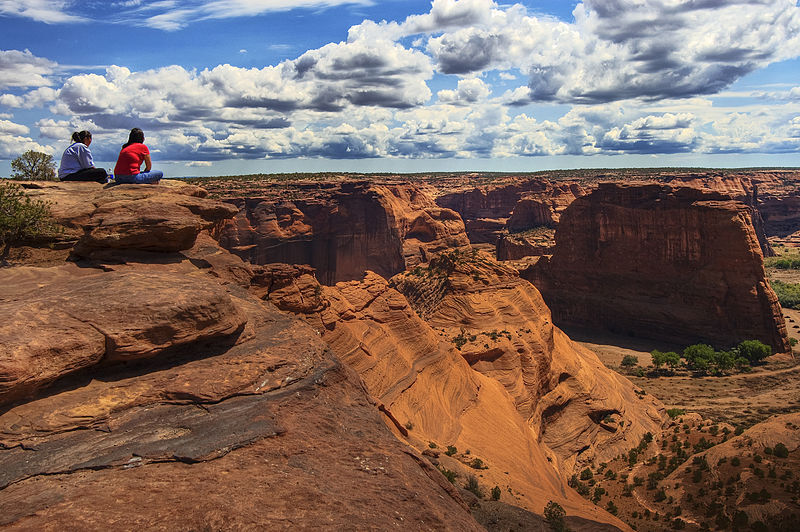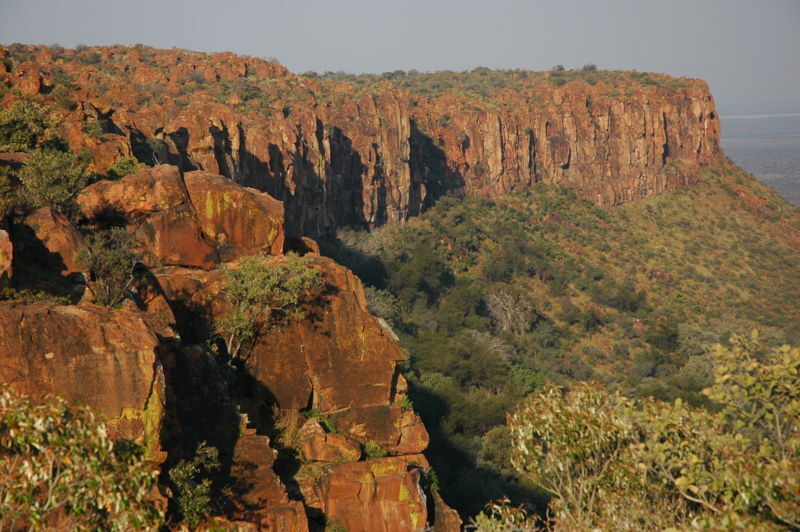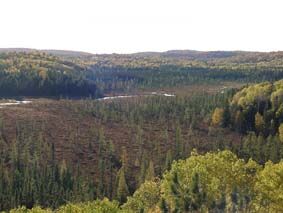Relief
Relief is the set of geographic features present on the surface of the Earth (elevations, depressions, slopes).
The constant movement of tectonic plates and the forces of nature shape the Earth’s crust. Certain phenomena, like erosion, flatten the Earth’s crust. Others, such as the collision of two plates, lift it. The set of forms under which the lithosphere can take shape is called relief. Each relief has a particular origin, specific characteristics and an effect on human activity. There are generally three types of relief:
Mountains and Valleys
Mountains are the result of a collision between two or more tectonic plates. They have significant differences in level. When several mountains line up over a long distance, these are referred to as a mountain range. The Himalayas, the Alps or the Rockies are examples of mountain ranges.
In Quebec, there is an ancient mountain range: the Appalachians. These mountains are low compared to the younger ones since, on the geological time scale, erosion and the passage of glaciers have reduced their height.
The formation of valleys is due to erosion caused by the passage of a stream, by precipitation or by the retreat of a glacier. Valleys are, therefore, low and elongated areas at the bottom of which large rivers often form. Moreover, a valley often bears the name of the river that runs through it.
It sometimes happens that the sea invades certain deep valleys following the retreat of a glacier. In this case, rather than calling it a valley, we will use the term fjord. For example, the Saguenay Fjord in Quebec has steep walls over 200 m high.
Plains and Hills
Generally, the formation of a plain can result from the receding sea that covered it or from the retreat of a glacier, which then plows the ground. The land of a plain is often fertile due to the accumulation of plant and animal residues. Plains are, therefore, ideal sites for agriculture.
In Quebec, the St. Lawrence Plain is an example of this type of relief. It was formed because of Champlain Sea drying up, a body of water which had covered this region several thousand years ago. The St. Lawrence plain stretches on both sides of the river, from Montérégie to Quebec City. In Quebec, most agricultural activity takes place in this area.
A hill is generally moderate and a relatively small relief that rises above a plain or plateau.
Hills are formed either by the retreat of glaciers several thousand years ago, or by a surge of magma in the Earth’s crust that occurs, for example, when a tectonic plate passes over a hot spot. They are, therefore, only small bulges in the relief which, unlike mountains, are not due to folds in the Earth’s crust.
Plateaus and Shields
A plateau is a large platform of more or less elevation and where the relief is not very rugged.
On the plateaus, rivers are often carved out in steep-sloping valleys. In general, it is assumed that all the plateaus are located at a minimum of 300 m of altitude. When they are at a lower altitude, they are called plains.
A shield is a very old part of relief that features the appearance of a slightly rounded plateau.
The Canadian Shield is an example of a plateau that extends over most of Quebec. It contains immense forests dotted with lakes and rivers.
A typical landscape of the Canadian Shield
Relief and Human Activity
Relief is critical to human activity. In fact, plateaus are regions abundant in natural resources. However, due to their unsuitability for agriculture, plateaus are generally sparsely populated. For example, in Quebec, the Canadian Shield has enabled the development of the mining and forestry industry. Also, thanks to the significant differences in elevation of the plateau, the government was able to develop a very important hydroelectric industry in that area.
Plains play an essential role in the agricultural industry due to the fertile land found there. These areas are also sites of urbanization, since implementing a transportation and communication network is easier there than in the mountains or valleys. Plains, therefore, favour a higher population density and the establishment of agglomerations. The majority of the Quebec population is found in the St. Lawrence Lowlands, a region rich in fertile land where the largest cities of the province are located. The presence of hills allows, among other things, the installation of wind turbines, which have the capacity to transform the energy of the wind (wind energy) into electrical energy.
Mountains are not very hospitable places for building houses and roads, because the relief is very rugged. However, it is possible to practice leisure activities such as alpine skiing, climbing or hiking. Valleys, located between mountains, require human adaptation to ensure their survival. This is why bridges must be built to promote movement. Agriculture can also be practiced in these places.

















































